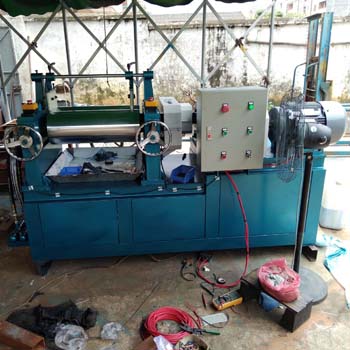Rubber, a versatile and ubiquitous material, plays a crucial role in modern life and become an essential material in modern life. From tires ,footwear and seals to medical equipment and industrial products, rubber’s flexibility, resilience, and durability make it indispensable.
However, as with many materials, the environmental impact of rubber—both natural and synthetic—has sparked increasing debate. Whether rubber is truly a sustainable solution, or is it pollutional for air environment?
Firstly ,let us talk about the promise of rubber
1. Natural Rubber: Renewable Origin
Natural rubber is derived from the latex of rubber trees (Hevea brasiliensis). As a plant-based material, it is biodegradable under the right conditions and can be sustainably harvested with proper land management. This makes natural rubber a relatively eco-friendly material when compared to petroleum-based alternatives.
2. Versatile and Long-Lasting
Rubber’s durability means these products which are made from rubber feature stong and last longer. This, at certain extent ,rubber decrease waste reduction and support a circular economy, especially when recycling options are available.
3. Innovations in Recycling and Bio-Rubber
New technologies are emerging to recycle used rubber—especially tires—into new products, fuel, or construction materials. In addition, bio-based synthetic rubbers which are made from renewable feedstocks are being developed to reduce reliance on fossil fuels.
The Pollution Problem
1. Synthetic Rubber: Petroleum-Based and Non-Biodegradable
Most of the rubber used globally is synthetic and derived from crude oil. These types of rubber do not degrade easily, and improper disposal can lead to long-term environmental pollution.
2. Microplastics and Tire Wear
There is one of the hidden environmental costs of rubber is tire wear. As tires degrade during use, the rubber material release micro-particles into the air, water, and soil. As these granule may contain heavy metals and toxic chemicals ,thus they are taken as a major source of microplastic pollution.
3. Waste Management Challenges
It is the fact that billions of tires are deserted every year . While some are incinerated or repurposed, many end up in landfills or illegal dumps, posing fire risks and leaching chemicals into the ground.
In conclude ,for environment ,rubber is not fully good ,but also not entirely bad. As a material , It holds great promise, especially when the rubber material is used responsibly and innovatively. However, without thoughtful management and continued innovation, its pollution risks could outweigh its benefits. The choice lies in how we produce, use, and dispose of it.







